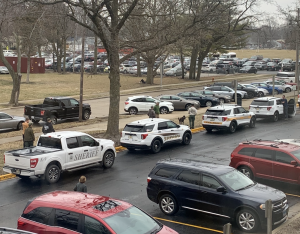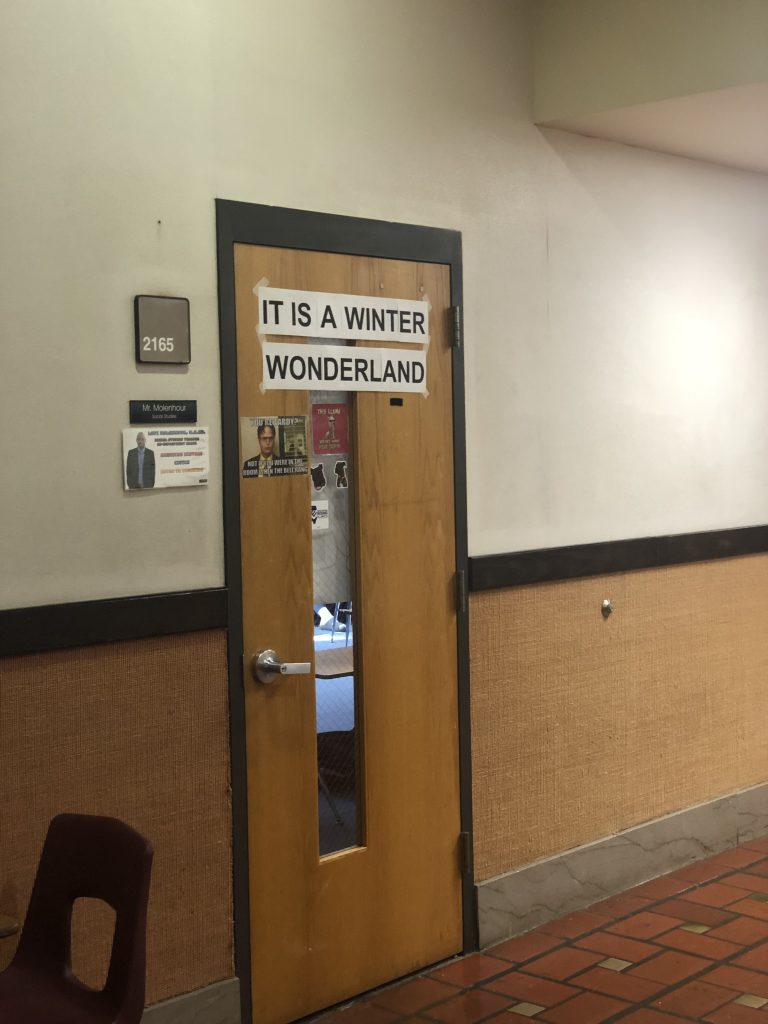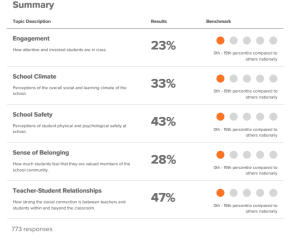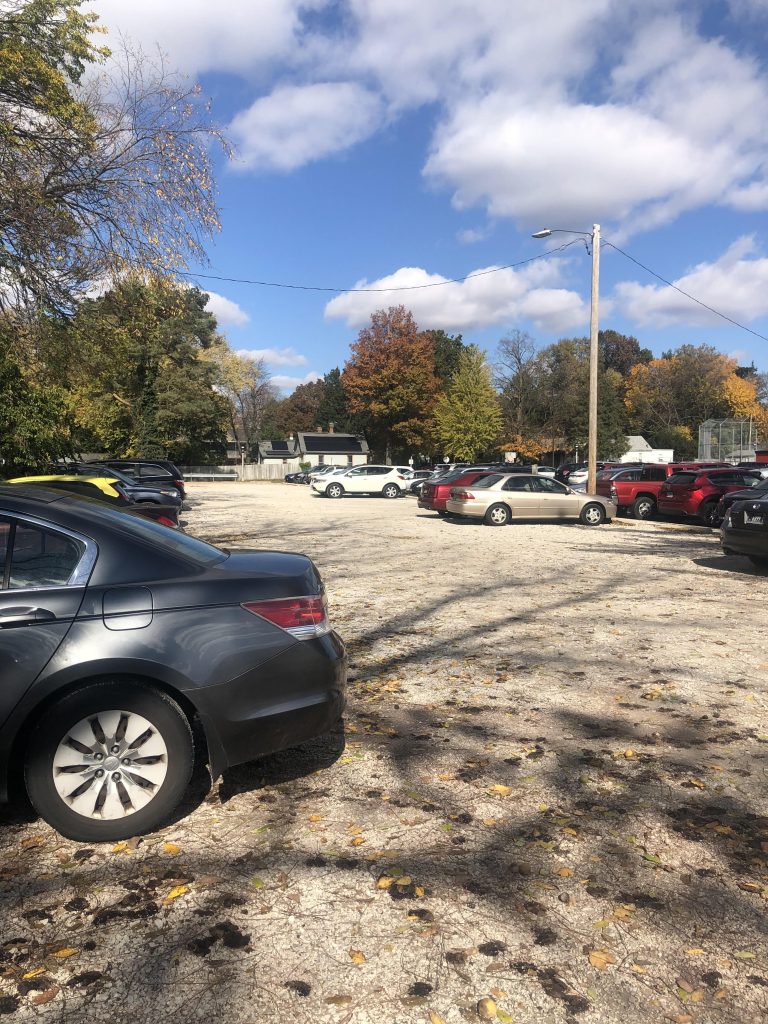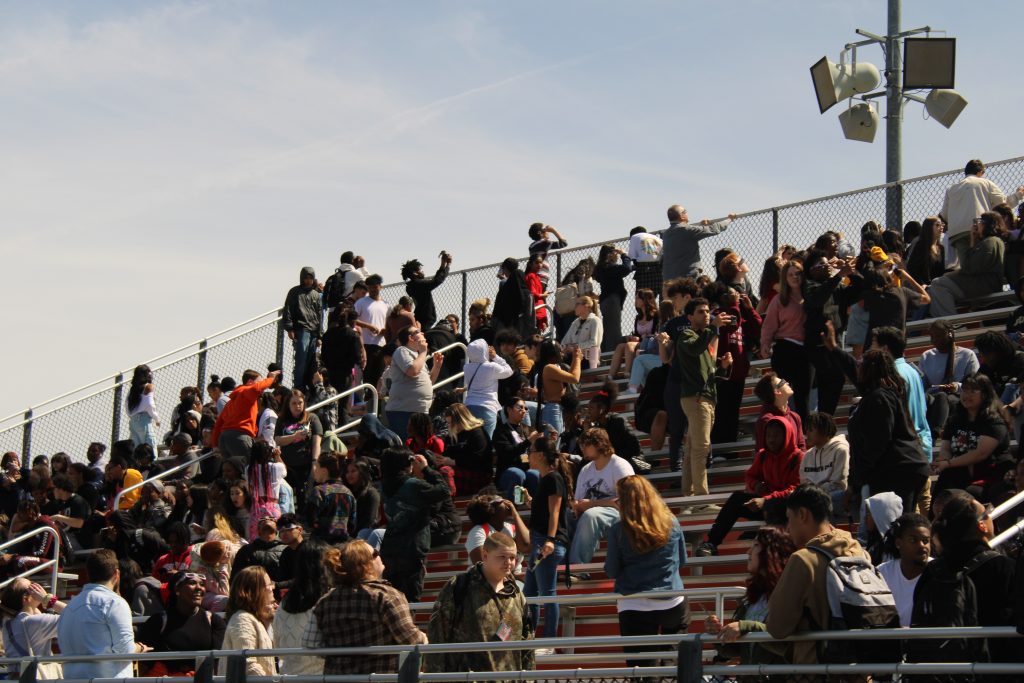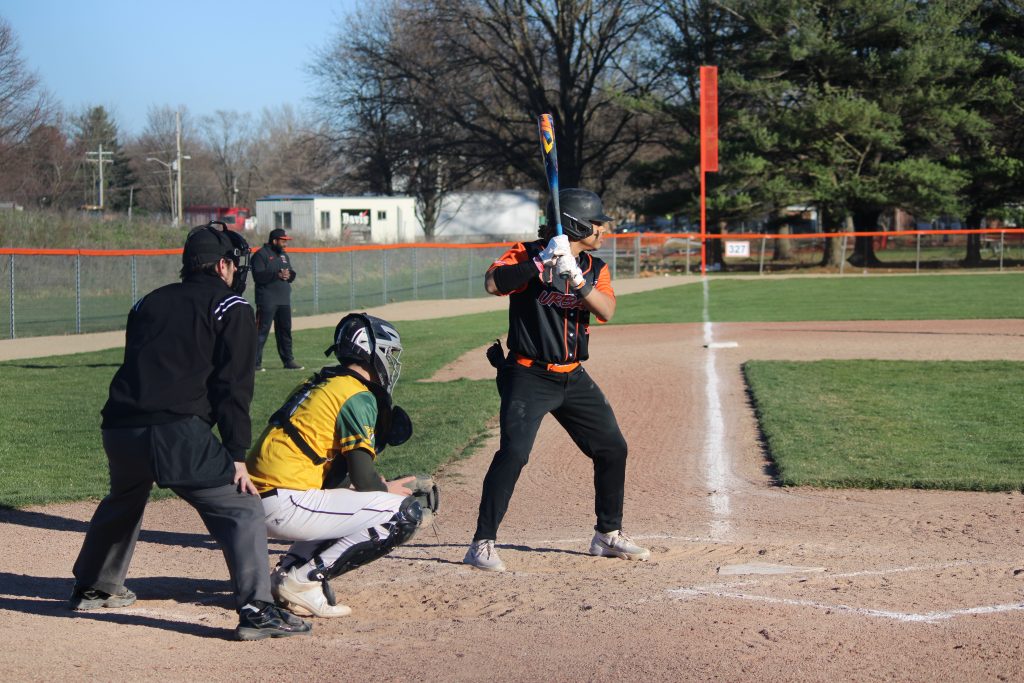The Congo
A cynic might even say that had it not been for the presence of 20,000 UN peace keepers in the country from MONUSCO (United Nations Organization Stabilization Mission in the Democratic Republic of Congo), and massive amounts of foreign military aid from the United States and Europe to the Congolese government, the story may never have broken at all.
According to M23 spokesman Lt. Col. Vianney Kazarama, M23, the roughly 1,000 strong ethnic Tutsi and Rwandan supplied rebel group of mutinied Congolese army soldiers led by wanted war criminal General Bosco ‘The Terminator’ Ntaganga, was compelled to march against Goma to get the government to agree to direct peace talks.
By the afternoon of November 19, M23 (March 23) had succeeded in taking Goma without much opposition from either the ‘reformed’ Congolese army or the 1,600 strong UN contingent from MONUSCO stationed in the city.
According to Enough, a nonprofit fact finding organization devoted to ending conflict and crimes against humanity by creating sustainable peace solutions in tune with realities on the ground, “the latest round of hostilities, ending a three month ceasefire between the rebels and the government, has precipitated a humanitarian catastrophe for civilians in the region and raises grave questions about prospects for peace.”
Despite the horrific intensity of the conflict there, there is a certain feeling of déjà vu to many people.
People over the years have been accustomed to hearing about brutal conflicts in Africa involving mass civilian displacement and huge numbers of dead. Indeed, this is far from the first time the Congo has been rocked by violence.
Tracing as far back as Congo’s traumatic independence from Belgium in the 1960’s, the country has repeatedly been the scene of brutal and bloody fighting as rebel groups vie for power and control over wealth and resources. In fact, the Congo was the scene of Africa’s first ‘world war’ from 1998 and 2003, as fighting raged between as many as 25 different armed groups including the governments of Rwanda, Uganda, Angola, Zimbabwe, and Chad at various points. The conflict, known as the Second Congo War, was the bloodiest in modern African history, leading directly to the deaths of 5.4 million people.
Although technically ending in 2003 with the Sun City agreement, which led to the creation of a unified multiparty government, much of the country, especially the mineral rich southeastern provinces neighboring Uganda and Rwanda, has yet to truly come out of the war nearly ten years later, with rampant lawlessness and heavily armed rebel groups still running around as if the war had never ended.
With such, a history, it’s no wonder that many feel already as if they are familiar with the intricacies of the situation in the Congo after all these years of steady but decreasing news reports.
So it is no wonder then, that at the news of Goma’s capture the western media did what it has learned to do best in regards to decreasing readership in African issues: they marginalized the situation in the Congo, as they have been doing for years now since the Second Congo War ended.
Another problem with getting Americans to read and be aware of the situation in the Congo, is a very simple one, yet one that has remained relatively unchanged for ages: Distance. As sophomore Chakyra Wilson put it, “I don’t follow that sort of news, and no one I know is over there. To me, that sort of stuff is not that important otherwise.”
“I feel this is one of the issues that unless you follow the news avidly or live in Congo yourself, you probably wouldn’t find too much about,” said junior Matt Peterson, echoing Wilson, and as sophomore Margaret Ross put it, “the Congo is very far away, in the third world, and underdeveloped… This makes news from that area of the world look less important in some people’s eyes then others. Also, well, this isn’t exactly anything new, is it?”
But, senior Brian Campbell-Deem put it best when he said that “the Congo has been an area if turmoil for a long time now, and a lot of people write it off as simply another problem in Africa that after all these years they feel they are already well acquainted with… this leads to lower readership, which leads to the news media marginalizing it as an issue.”
But at the same time, beyond the obvious and significant aspect of decreased reader interest in the area, there seems to be another, darker explanation why the news media has apparently lowered the significance of the recent events in the Congo, and it happened in Africa, with Africans killing Africans.
As senior Valeria Robinson put it, “maybe the world just doesn’t care. They feel like Congo is unimportant. It’s just Africa.”
And looking at the way the media covered the events surrounding the capture of Goma, sadly enough, this appears to be the case.


